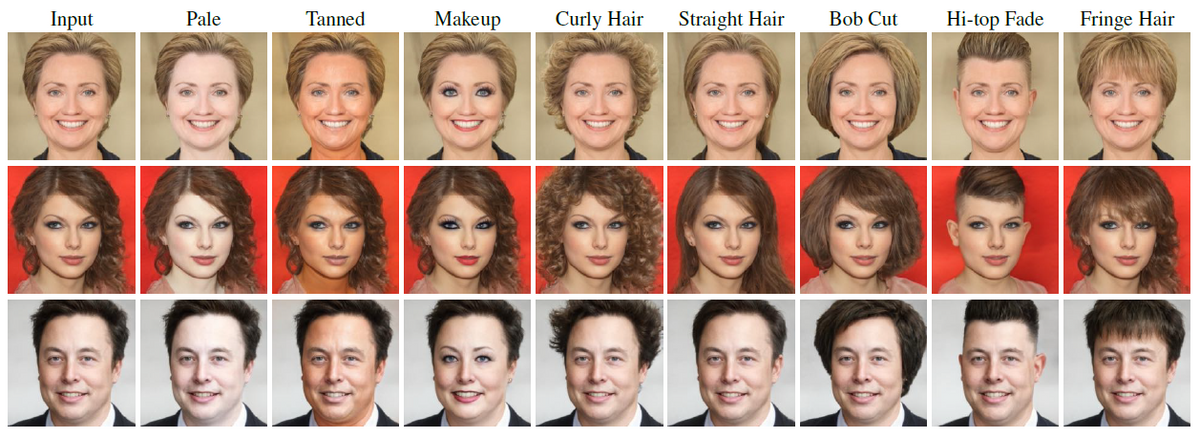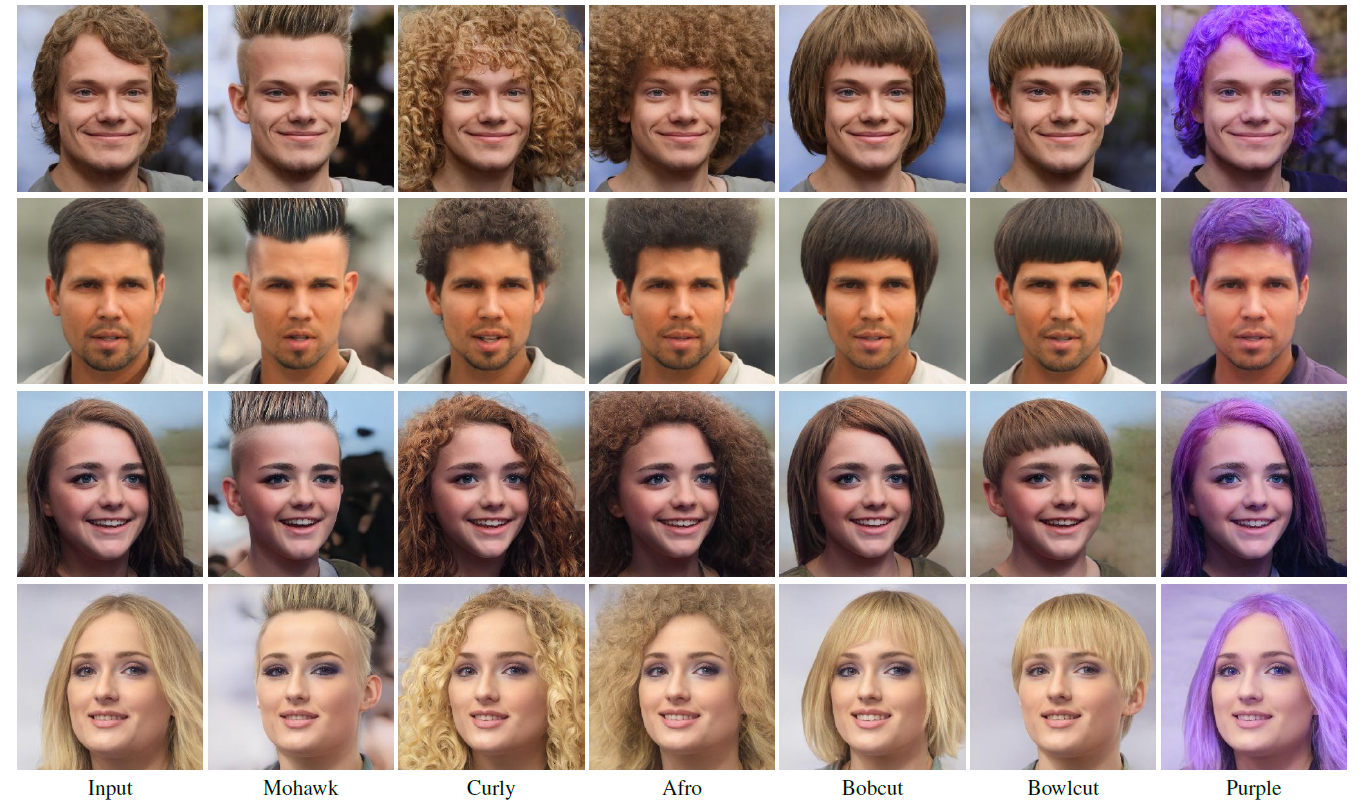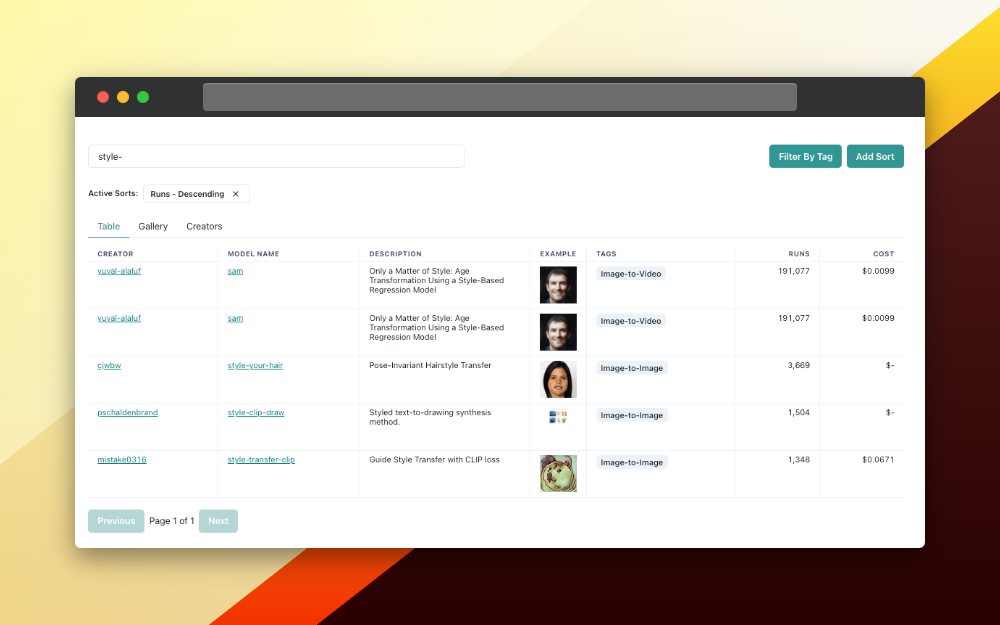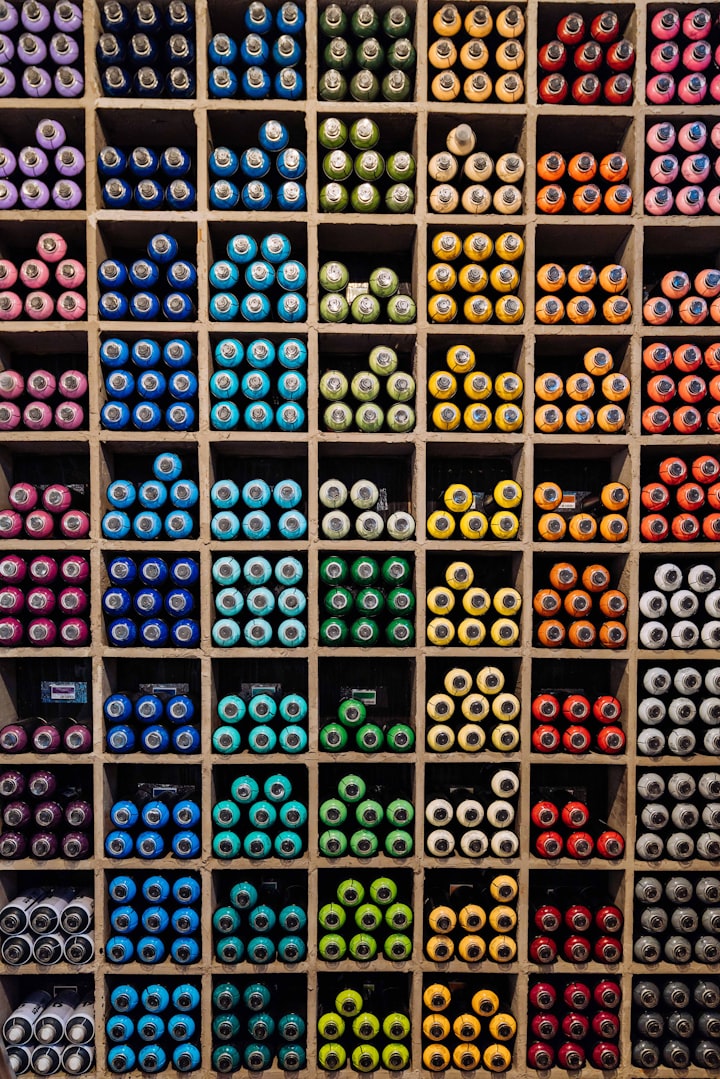How to Use AI to Give Yourself a Haircut: a Complete Guide to StyleCLIP
A step-by-step guide to manipulating hairstyles in real photos with StyleCLIP.

Ever wondered how your favorite celebrity would look with a completely different hairstyle? Or maybe you want to give yourself a virtual makeover before committing to a new haircut? Enter StyleCLIP, a game-changing AI model that can manipulate hairstyles in real photos based on text input. Say goodbye to those endless hair-related debates!
In this guide, we'll dive into how to use StyleCLIP with Replicate Codex, ranked 23rd in popularity on the platform. We'll also learn how to find similar models on Replicate Codex to choose the one that suits our needs best. Let's get started!
About StyleCLIP
StyleCLIP, created by orpatashnik, is a groundbreaking AI model that combines the power of StyleGAN and CLIP for text-driven manipulation of images. You can use it to change the hairstyle of your favorite celebrity, or even yourself, based on a simple text description. Want to see Chris Hemsworth sporting a mullet? Or perhaps Ariana Grande rocking a pixie cut? With StyleCLIP, the possibilities are endless! To learn more about the model, visit its detail page.

Understanding the Inputs and Outputs of StyleCLIP
Before we start manipulating hairstyles, it's essential to understand the inputs and outputs of StyleCLIP.
Inputs
input file: The input image you want to manipulate.neutral string: A neutral image description. Default value: a face.target string: A target image description, describing the desired hairstyle. Default value: a face with a bowlcut.manipulation_strength: Determines how close the generated image is to the target description. Default value: 4.1.disentanglement_threshold: Controls the specificity of the changes made to the target attribute. Default value: 0.15.
Outputs
The output of the model is a URI containing the manipulated image.
Now that we've got the basics down, let's learn how to use StyleCLIP to change some hairstyles!
A Step-by-Step Guide to Using StyleCLIP
You can interact with StyleCLIP's demo on Replicate via their UI, even if you're not into coding. Here's the link to try it out! This is an excellent way to experiment with the model's parameters and get quick feedback. However, if you want to use code, this guide will walk you through interacting with StyleCLIP's Replicate API.
Step 1: Install the Node.js client
To get started, install the Node.js client by running:
npm install replicateStep 2: Authenticate with your API token
Copy your API token and authenticate by setting it as an environment variable:
export REPLICATE_API_TOKEN=[token]Step 3: Run the model
Now, you can run the model using the following code:
import Replicate from "replicate";
const replicate = new Replicate({
auth: process.env.REPLICATE_API_TOKEN,
});
const output = await replicate.run(
"orpatashnik/styleclip:7af9a66f36f97fee2fece7dcc927551a951f0022cbdd23747b9212f23fc17021",
{
input: {
input: "your_input_image.jpg",
neutral: "a face",
target: "a face with a mohawk",
manipulation_strength: 4.1,
disentanglement_threshold: 0.15
}
}
);
You can also set a webhook to be called when the prediction is complete. Here's an example of how to do that:
const prediction = await replicate.predictions.create({
version: "7af9a66f36f97fee2fece7dcc927551a951f0022cbdd23747b9212f23fc17021",
input: {
input: "your_input_image.jpg",
neutral: "a face",
target: "a face with a mohawk",
manipulation_strength: 4.1,
disentanglement_threshold: 0.15
},
webhook: "https://example.com/your-webhook",
webhook_events_filter: ["completed"]
});
For more details, take a look at the Node.js library documentation.
Taking it Further: Finding Other Image-to-Image Models with Replicate Codex
Replicate Codex is an amazing resource for discovering AI models tailored for various creative needs, including image generation, image-to-image conversion, and more. It's a fully searchable, filterable, tagged database of all models on Replicate, allowing you to compare models and sort by price or explore by creator. Plus, it's free and features a digest email that alerts you when new models are released so you can try them out.
If you're interested in finding similar models to StyleCLIP, follow these steps:
Step 1: Visit Replicate Codex
Head over to Replicate Codex to begin your search for similar models.
Step 2: Use the Search Bar
Use the search bar at the top of the page to search for models with specific keywords, such as "hairstyle" or "face." This will display a list of models related to your search query.
Step 3: Filter the Results
On the left side of the search results page, you'll find several filters to help you narrow down the list of models. You can filter and sort models by type (Image-to-Image, Text-to-Image, etc.), cost, popularity, or even specific creators.

By applying these filters, you can find the models that best suit your specific needs and preferences. For example, if you're looking for an image manipulation model that's the most popular or most affordable, you can search and then sort by the relevant metric.
You can also check out the Notes section on Replicate Codex for guides to tools that can help you further enhance your images, like GFPGAN and Codeformer.
Conclusion
In this guide, we've explored how to use StyleCLIP to manipulate hairstyles in real photos with just a few lines of code or a simple interface on Replicate. We also discussed how to leverage Replicate Codex's search and filter features to find similar models and compare their outputs, allowing us to broaden our horizons in the world of AI-powered image manipulation.
I hope this guide inspires you to explore the creative possibilities of AI and bring your imagination to life. Don't forget to follow me on Twitter for more tutorials, updates on new and improved AI models, and a wealth of inspiration for your next creative project. Happy image manipulating and exploring the world of AI with Replicate Codex and StyleCLIP!
Subscribe or follow me on Twitter for more content like this!




Comments ()